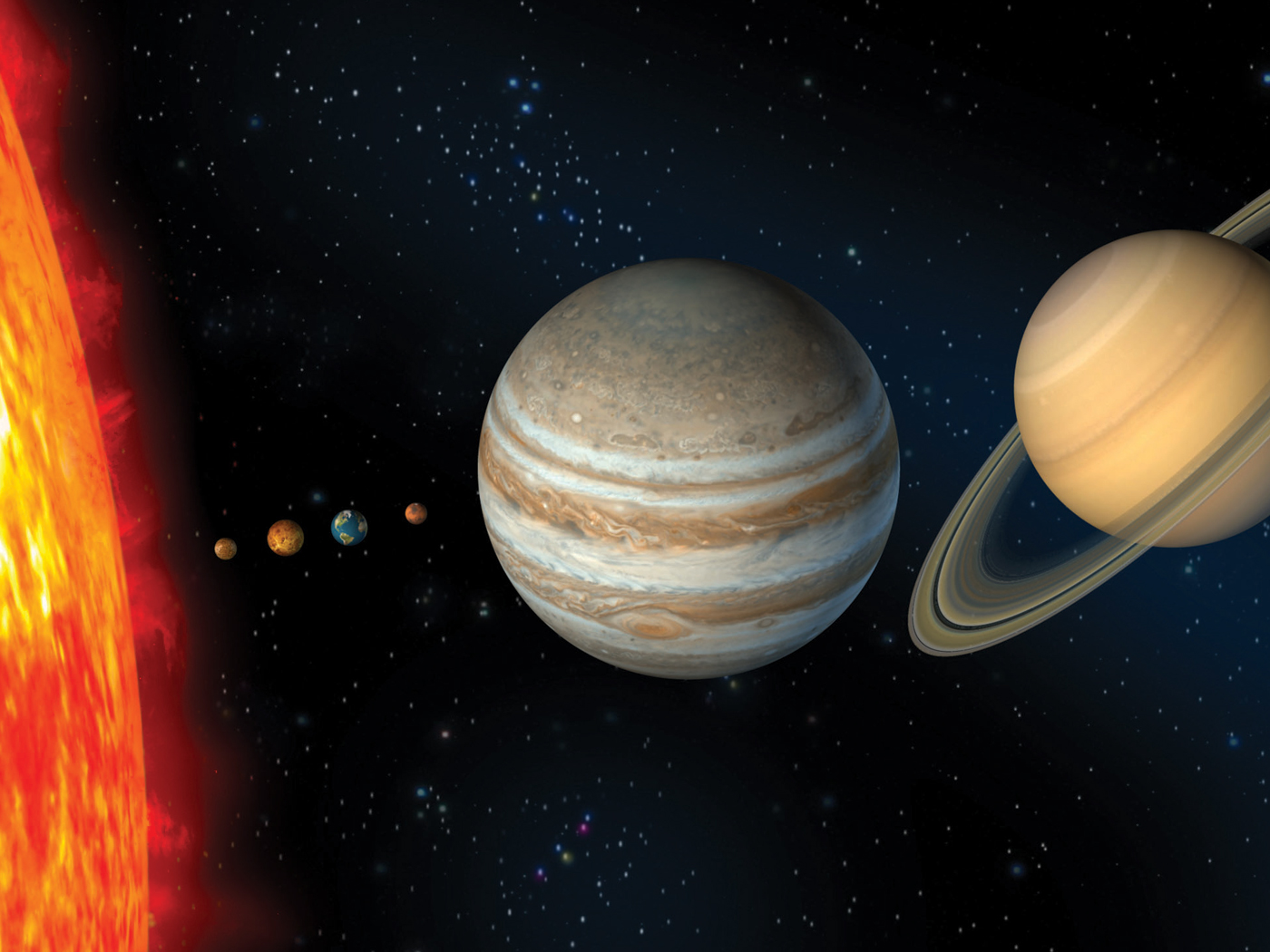Treasures of the Snow
by Henry M. Morris, Ph.D.
“Hast thou entered into the treasures of the snow? or hast thou seen the treasures of the hail?” (Job 38:22)
It is interesting that this book, the oldest in the Bible, contains more references to snow, ice, and frost than any other book of the Bible. This is despite the fact that Job’s homeland was in what is now essentially a desert region. Possibly the effects of the post-Flood Ice Age were still strong in Job’s day.
In any case, the beautiful phrase “treasures of the snow” is both appropriate and prophetic. Its crystal structure, though mostly in the form of delicate six-pointed “stars,” is endlessly varied and always intricately symmetrical and incredibly beautiful.
The snow is a treasure in other ways as well. The winter’s snowpack in the mountains is often called “white gold” because of its indispensable water storage capacity, released in the melting season each spring to provide life to teeming cities and irrigation in the desert for needed food supplies. The snow also aids in maintaining the planet’s chemical cycles by returning various elements in the nuclei of its flakes back from the ocean to the lands from which they were leached and transported by rivers to the oceans. When the snowpack becomes a glacier, it can greatly assist in the breakup of rocks to form fertile soils.
In the Scriptures, its pure white color is often used to symbolize the cleansing of a sinful heart that trusts the Lord. “Wash me,” said David, “and I shall be whiter than snow” (Psalm 51:7). “Though your sins be as scarlet, they shall be as white as snow,” the Lord promises those who come to Him for salvation (Isaiah 1:18).
As the snow comes down from heaven, so comes the Word of God to ask the soul as in today’s text: “Hast thou entered into the treasures of the snow?” (Job 38:22). HMM
This article was originally published August, 2016. "Treasures of the Snow", Institute for Creation Research, https://www.icr.org/article/9421/ (accessed April 16, 2025).







